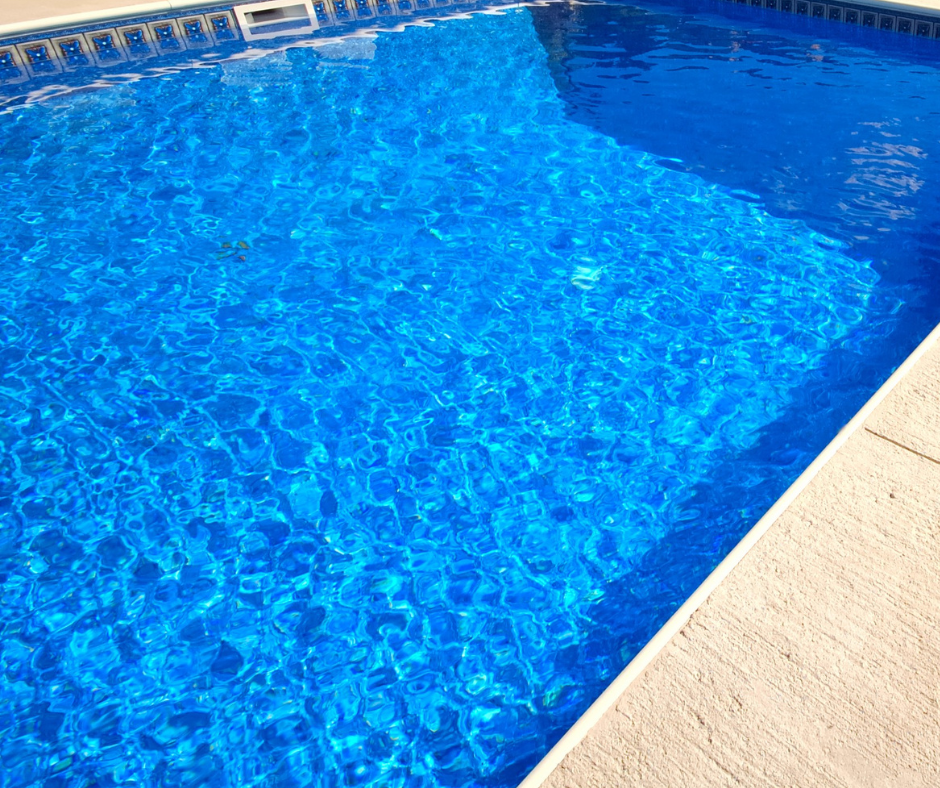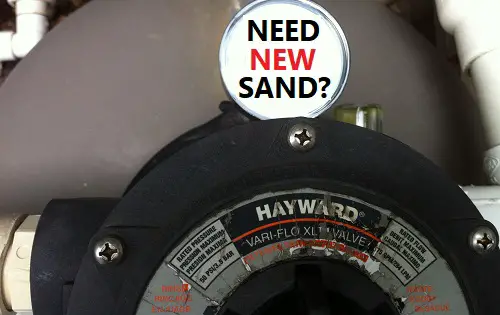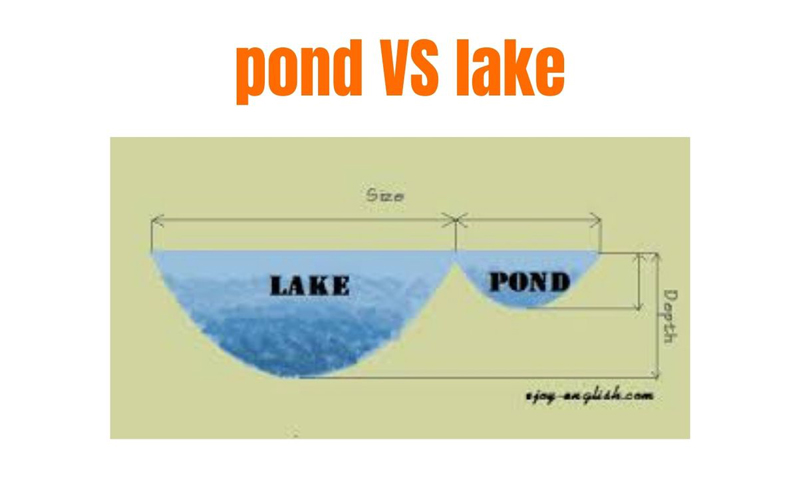Pool maintenance is an essential part of ensuring that your swimming pool remains clean and safe for use. One important aspect of pool maintenance is the regular replacement of the sand in the pool filter. Over time, the sand in the filter becomes less effective at trapping dirt and debris, which can lead to poor water quality and reduced filtration efficiency. In this article, we will discuss how often sand should be replaced in a pool filter to maintain optimal performance.
The Role of Sand in Pool Filters
The sand in a pool filter plays a crucial role in removing impurities from the water. As water passes through the filter, the sand traps dirt, debris, and other contaminants, preventing them from re-entering the pool. Over time, however, the sand becomes clogged with debris, reducing its ability to filter the water effectively. This is why regular replacement of the sand is necessary to maintain the filter’s efficiency.
Factors Affecting Replacement Frequency
Several factors can influence how often the sand in a pool filter needs to be replaced. These include the size of the pool, the frequency of pool use, the presence of trees or other debris sources near the pool, and the quality of the pool water. In general, larger pools and those that are used frequently will require more frequent sand replacement. Similarly, pools located near trees or other sources of debris may also require more frequent sand replacement to maintain optimal filtration.

Credit: www.poolsoffun.com
Recommended Replacement Schedule
While the specific replacement schedule for pool filter sand can vary depending on the factors mentioned above, a general guideline is to replace the sand every 5 to 7 years. This timeframe allows for the accumulation of debris and impurities to reduce the effectiveness of the sand while also balancing the cost and effort of replacing the sand. However, it is important to monitor the performance of the filter regularly and adjust the replacement schedule as needed.
Signs That Sand Needs Replacement
There are several signs that indicate the need for sand replacement in a pool filter. These include reduced water clarity, increased pressure in the filter system, and difficulty in maintaining the proper chemical balance in the pool. If you notice any of these signs, it is a good idea to inspect the filter and consider replacing the sand if necessary. Regular maintenance and monitoring of the filter can help prevent these issues from occurring.

Credit: www.saharapoolbuilder.com
Steps for Sand Replacement
When it comes time to replace the sand in your pool filter, there are several important steps to follow. First, the filter system should be turned off, and the water drained from the filter tank. Once the tank is empty, the old sand can be removed, and the tank should be thoroughly cleaned to remove any remaining debris. After cleaning, fresh pool filter sand can be added to the tank, and the system can be reassembled and restarted. Following these steps will ensure that the filter continues to operate efficiently.
Conclusion
Regular maintenance of a pool filter, including the replacement of the filter sand, is essential for ensuring clean and clear pool water. By following the recommended replacement schedule and monitoring the performance of the filter, pool owners can maintain optimal filtration and enjoy a safe and inviting swimming pool. By understanding the role of sand in pool filters and the factors that influence replacement frequency, pool owners can take proactive steps to keep their pool in top condition.


